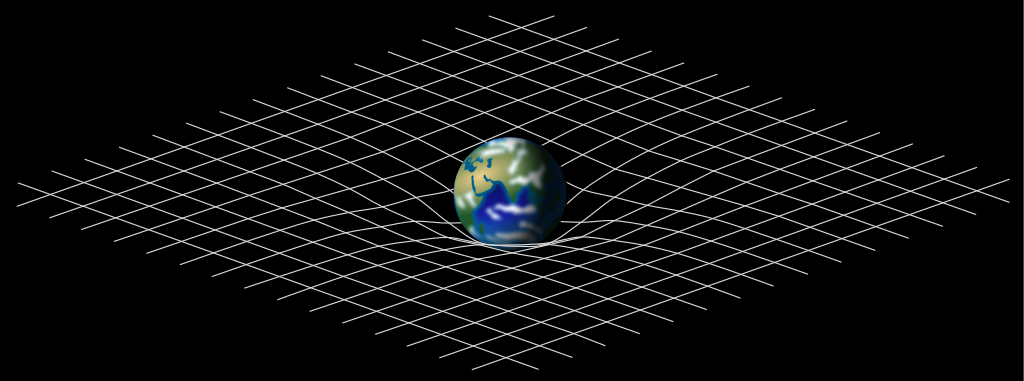#6: Can We Talk About Dark Matter?
An open letter.
Hello friends! Dust off your wax seal and find a stamp, because today’s writing prompt is:
Write a letter to an expert and ask a question that has been on your mind for a long time.
I am going to need your help with this one folks. Some background:
As you may have guessed by now, I have a fascination with astronomy. A few years ago, I was idly contemplating dark matter (as one does) and happened to look at my bed. As always, it was a tangled mess of sheets and blankets, because who has the time to make a bed in the morning? Not this guy.
Staring at the folds in the blankets, an idea ripped through my mind like a bolt of lightning and I have not been able to get it out of my head ever since: could we explain dark matter as a natural result of a tangled-up, folded universe? I elaborate on this idea in my letter below.
Unfortunately, I don’t personally know any astronomers or astrophysicists. I have never been able to directly ask anyone in the field if this idea has any merit, and although I scoured the internet for answers I cannot figure out if it has been considered and dismissed.
I want to connect with someone who knows more than I do and see if I can learn something, but I need your help:
Please share this post, especially with anyone with a background in astronomy!

Without further ado, here is my open letter to the experts:
Dear Astrophysicists and Astronomers,
My name is Christopher, it is nice to meet you. First off, thanks for your time! You are great, and I hope you are doing very well. I am writing because I have a question about dark matter. In short, my question is:
Can dark matter be explained by extrapolating Einstein's theory of gravity (i.e. general relativity) to a tangled-up, folded universe?
I need to start with two points that I am guessing are very basic to a scientist such as yourself:
My understanding of dark matter is that we can observe gravitational forces throughout the observable universe that are unaccounted for and have no currently observable sources, and that we refer to these phenomena as “dark matter.” Dark matter does not interact with the electromagnetic field and is therefore difficult to detect, but we can't explain how certain galaxies take shape without accounting for these gravitational forces. My understanding is that there are a number of testable theories on where these gravitational forces are coming from, but no consensus.
It is also my understanding that general relativity posits that gravity is a “geometric property of space and time,” and that “the curvature of spacetime is directly related to the energy and momentum of whatever matter and radiation are present” (quoted from this Wikipedia article). While learning about this concept, I heard spacetime described as a blanket as a useful analogy, and that gravity is the result of the objects sitting on that blanket (like stars, planets, etc.) creating a curvature in the fabric. I find it easiest to grasp this concept visually, so I'll deploy another asset from that Wikipedia article here:

How far can we take this blanket analogy?
Let's say I have a regular, non-spacetime blanket and I place a toy orange on it. As a result, the orange would curve the blanket the same way the above image depicts the earth curving space time, right? Right.
But what if I folded the blanket in half first, then put the orange on it?
The top layer would of course curve around the orange just as it did before. But if the orange was massive enough, the bottom layer of the blanket would curve too, even though the orange is not directly touching the fabric of the bottom layer. If you were a tiny little mite living inside this (apparently infested) bottom layer, you would perceive the curvature (i.e. gravity), but not the orange.
Applying this extension of the blanket analogy to general relativity, if spacetime “folds” on itself in certain ways, massive celestial objects in one part of the universe could affect the curvature of a completely different part of the universe, creating a gravitational effect that we could perceive, but without a source that we could perceive. If we couldn't perceive that source, we'd probably feel in the dark about what we were observing. We might even call the phenomenon “dark matter.” This dark matter would of course fail to interact with the electromagnetic field because there is nothing actually in this area of spacetime to interact with!
So my question is: Does this idea have any merit or is it a bunch of nonsense? Has it already been considered and disproved?
Thanks!
Sincerely,
Christopher Freeland
(not a scientist)




